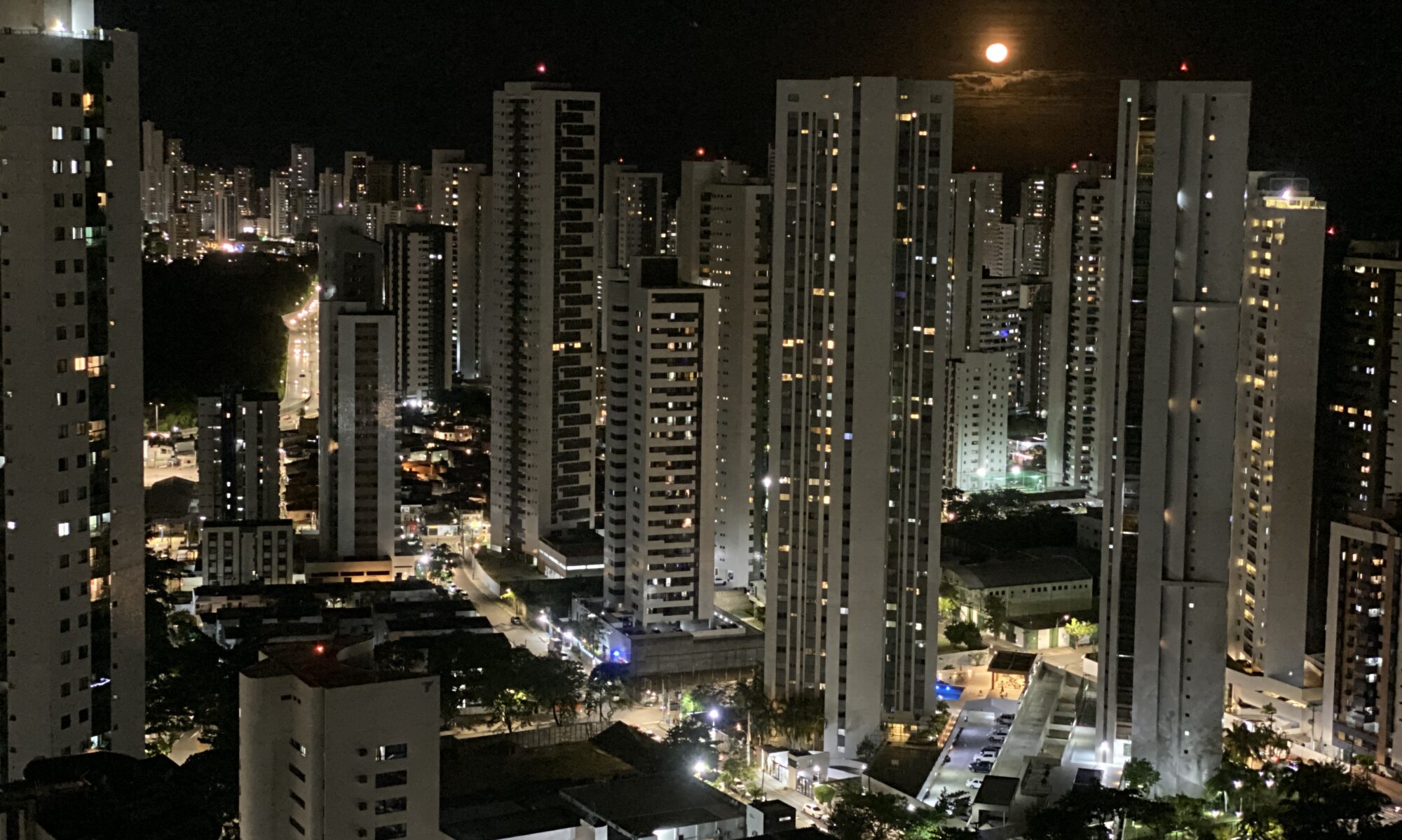Minas Gerais is one of Brazil’s largest states and the home of Tiradentes, hero of the Inconfidência Mineira (The Revolution of Minas Gerais), of Aleijadinho, the sculptor; of the composer Milton Nascimento; the writer Guimarães Rosa and of the two Brazilian presidents, Juscelino Kubitschek and Tancredo Neves – among so many other artists, political leaders, musicians, writers and presidents of the Republic. With extremely varied relief and vegetation, its valleys and mountains reveal historic-baroque towns inhabited by warm-hearted and hospitable people. The second state in Brazil in terms of its economy (it loses out only to the state of São Paulo) Minas Gerais is also known for its good and rich culinary art, famous for its tasty dishes like pão-de-queijo and typical dishes such as tutu in the Minas Gerais style and chicken with dark sauce. Minas Gerais not only has a coastline, it also has therapeutic waters that spring from its mineral-rich soil. With its hydro-mineral and thermal resorts it forms the water circuit, an ideal tour for the winter months of June and July.
The occupation of the soil of Minas Gerais by the Portuguese began right after the discovery of Brazil, in the XVI and XVII centuries. The discovery of gold and precious stones attracted many explorers who transformed the state into the Brazilian economic centre of the day. Today, there is no longer an abundance of gold, but unforgettable landscapes remain, with buildings from the period, mountains, woods, pure air, lakes, caves, stories and legends.
Since the colonial era, Minas Gerais has stood out in Brazil because of its culture. Music, architecture, literature and the plastic arts are some of the sectors successfully developed by artists from the state. In the towns of the gold circuit, where the XVIII century music from Minas Gerais grew, buildings of the XVI and XVIII centuries are preserved and express the art of the Minas Gerais’ baroque. The most famous of these towns, Ouro Preto, was the stage for the Inconfidência Mineira, the first movement for the independence of Brazil, and is now recognised by Unesco as World Heritage Site.
Minas Gerais also offers the waters of the São Francisco river forming a strategic and fundamental water resource for regional development. The electricity-generating capacity of Minas Gerais is 10,877 MW, corresponding to about 18% of the national capacity. The state consumes 75% of the electricity it produces and exports the balance to other centres of consumption. Companhia Energética de Minas Gerais (Cemig), a mixed-economy organization, is responsible for the largest distribution network in Latin America and is 240,000 kilometres long.
Minas Gerais occupies 588 000 km2 of Brazilian territory, an area greater than that of countries like France (544 000 km2) or Japan (378 000 km2). Despite being the biggest national producer of coffee (10 million bags processed in 1994) and milk (2.7 billion litres annually), farming represents only 14.1% of its GDP. The industrial sector, which is wide and varied, is at present responsible for 26.3% of state production – mining and metallurgy are among the chief activities in the sector, alongside the automobile sector established around Fiat Automóveis. The remaining 59.9% of the GDP is divided among services, commerce and financial institutions, amongst others. The state has forty five industrial estates in operation, thirty four of which located in the interior and eleven in the Belo Horizonte metropolitan region. Altogether they accommodate approximately 1,200 industries.


